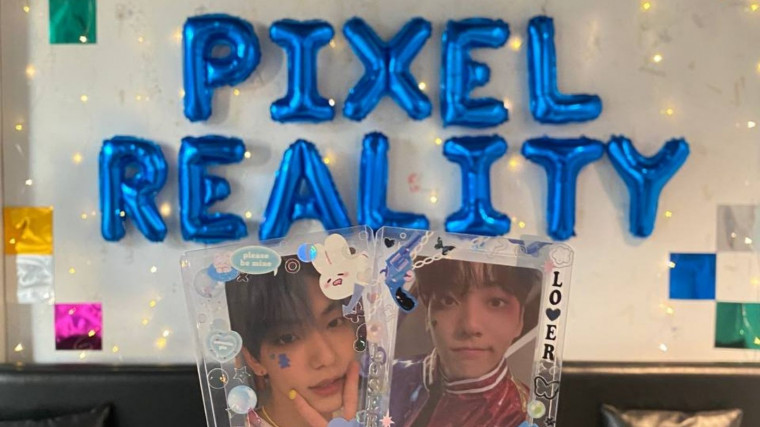|
Audio Version Available
|
I am a K-pop stan.
Like millions of fans around the world, I’ve become an ardent supporter of K-pop idols and their activities. I’ve streamed music videos, collected photocards, and bought albums in support of my favoured K-pop group.
And so, like many of you, I bristle with righteous indignation when I hear of K-pop fans being derided as “crazy”, or “delusional”.
It’s not that I’m unwilling to admit that K-pop fans have a reputation for being obsessive in their adoration, or that I won’t acknowledge the dubious ethics of the notoriously exploitative K-pop industry.
These are valid criticisms that point out the dark side behind the carefully crafted, picture-perfect image that K-pop always tries to portray.
What I find distasteful, however, is how K-pop fans are often dismissed or disparaged for their devotion to their idols.
I’m talking about people like my friend C, whose parents frequently criticise her for spending her hard-earned money on “yet another album?!”. Or K, who had to justify her love for K-pop to her friends for over a year before they stopped teasing her.
K-pop stans: The good, the bad, and the expensive
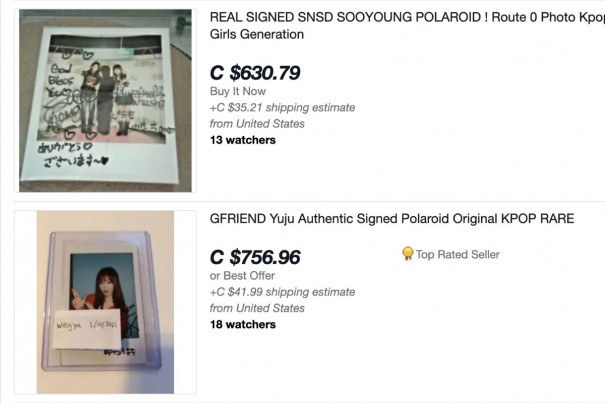
Before we go any further, here’s a quick primer about the ins-and-outs of K-pop stan culture.
“Stan” is a portmanteau of the words “stalker” and “fan” — but most stans aren’t actually stalkers. Used both as a noun and a verb, it refers to the often-excessive devotion that some fans have towards celebrities.
K-pop idols rely heavily on the continued support of their stans for success — which is why they tend to go all-out when it comes to finding ways to interact with fans.
And the support that they get in return can get excessive. Fans have been known to purchase expensive advertising space, or send food trucks to filming locations as a show of support.
These expensive endeavours are almost always funded entirely by fans themselves.
Other stories you might like
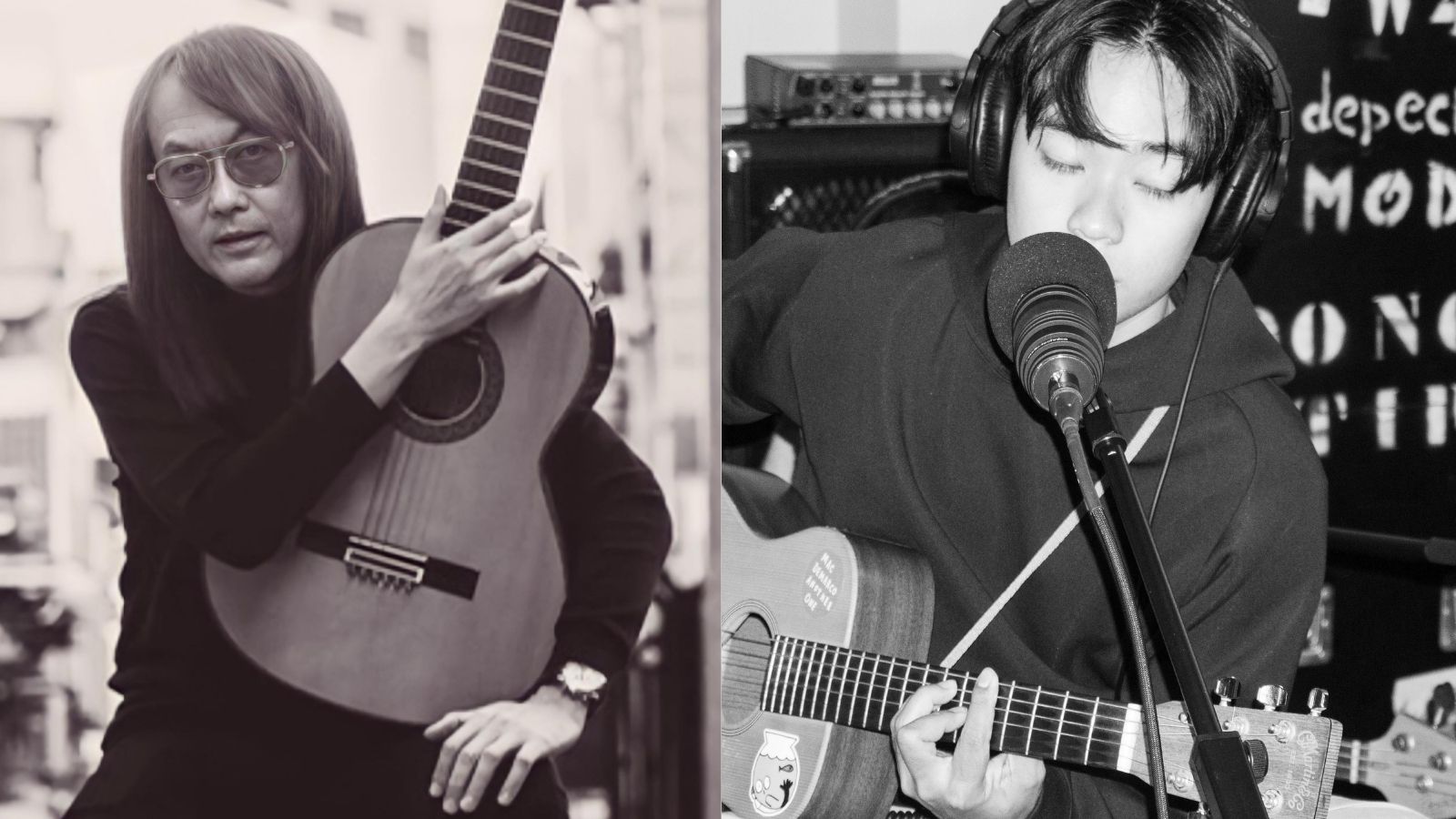

It’s nothing new for fans of any genre to spend money to support their interests. Fans of sports franchises for example, often let their wallets do the talking, buying apparel, memorabilia and match tickets to support their team.
Yet, what sets K-pop fans apart in this regard is that they spend money to directly celebrate and promote their idols. Popularity amongst fans is integral for K-pop success, and all this support is proof that idols can generate the necessary buzz to maintain their celebrity status.
However, this often contributes to the common stereotype that K-pop fans are all mindlessly and maniacally devoted to their idols.
But stereotypes, as they often do, fall apart when you meet the individual people who make up this group.
The small things that matter
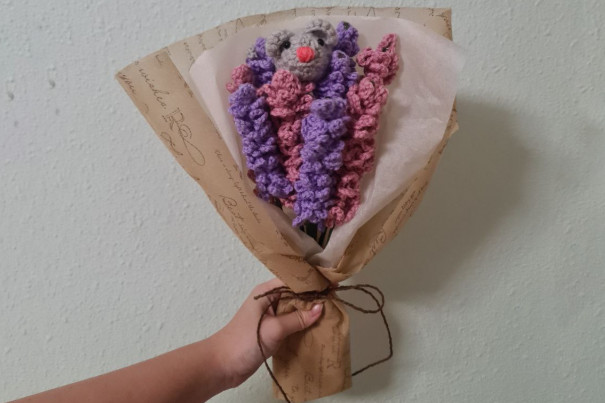
For Daphne Chan, being a K-pop fan is her “whole life”, she says.
“My life revolves around it. I listen to K-pop at work. I keep up with K-celeb news. K-pop plays a huge part in my life,” the 25-year-old graphic designer tells The Pride.
She has queued overnight for tickets to see K-pop boy group Monsta-X perform in Singapore, created fanart of her idols to give to them, and even bought “a large number” of albums for a chance to meet her idol group, SF9, on a video call.
That last activity is called a fansign — a chance for a select few fans to meet and talk to their idols.
Fansigns are an effective marketing tactic for K-pop labels to drive up physical sales of albums, especially in an era of digital streaming. When an idol group makes their comeback, its label will collaborate with music stores (both online and offline) to announce fansigns.
Other stories you might like


To enter a fansign, fans have to purchase albums from the store — one lucky draw entry per album. Think of it as a lottery, with each album bought as a lottery ticket.
Most fans, however, aren’t content with just buying one — they buy albums by the dozens. Given that albums can cost from $15 to $40, not including delivery costs, this can get expensive, especially when it comes to the most popular groups.
For those who win, some take the opportunity to express their appreciation towards the idols, while others try to entertain the idols.
(Honestly I was really so happy when he started singing 😭) pic.twitter.com/IjGgLAjLpv
— SF9'S FANGIRL 잉~ (@Sf9inmyheart) July 30, 2021
In Daphne’s case, she prepared a short script to say to each of the nine SF9 members during their virtual fansign, and crocheted flowers to show them. To her, fansigns are a chance to affirm her idols.
“There’s nothing to achieve,” she explains, “most people just want to encourage their idols and reassure them… it’s always nice for them to hear compliments.”
Besides attending fansigns, Daphne has also designed posters, and designed small fan crafts like photocard toploaders, a hard plastic case used to protect photos.
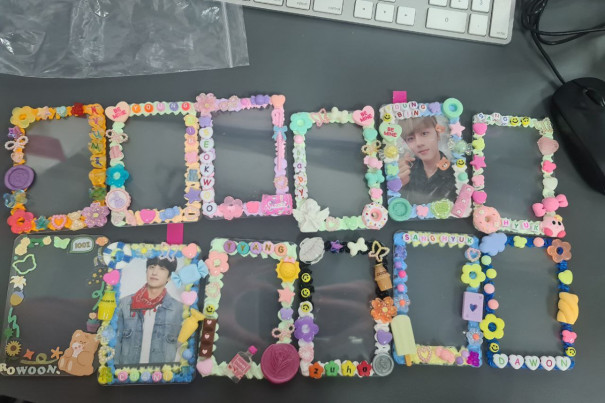
She often gets criticised for pursuing her love of K-pop, but she shrugs it off, choosing instead to focus on the positivity within her own circle of K-pop stans.
“Some people think we (K-pop stans) are crazy, or that we only like the idols for their appearance and not the music. But I listen to K-pop because I like it… It’s just for fun — we like what we like. It makes us happy,” says Daphne.
Finding other ways to show their support
Some fans take it to the next level when it comes to showing their support.
Clarisse Ang, 21, has been a K-pop fan since 2010, when a classmate introduced her to K-pop by “locking me in her room, and making me watch five music videos in a row”.
Despite the rocky start, Clarisse became a K-pop fan, and even began learning dance choreography from songs and music videos. However, she never considered performing in front of an audience.
That changed in 2017.
That year, Seventeen, a K-pop boy group, came to Singapore to perform. Clarisse was on Carousell browsing fan merchandise for the concert when she came across an interesting listing: “Looking for 10 other people to cover two of Seventeen’s songs in the concert waiting area”.
She ignored it.
“I remember thinking that there was no way that this was going to work, so I just scrolled past,” she recalled. She forgot about it until a week later, when a friend sent her the same listing to ask her to sign up.
The rest is history. Today, Clarisse is a member of two local K-pop dance cover groups — AMETHYX and AETHERIA.
View this post on Instagram
Like a cover band, a K-pop dance cover crew performs choreography from K-pop songs to put on social media in hopes that the original artist would see it.
For Clarisse and her friends, the process takes up to two months. They have done it in two weeks before but it is difficult for them to coordinate training sessions, especially since most of the 12-strong group have school or work responsibilities.
Other stories you might like


Beyond learning the choreography, the group also decides on costumes as well as arranges the shoot — either done by themselves or by a professional videographer.
All of the costs come from their own pockets — and it can get expensive. The hourly rate for a freelance videographer can go up to $30, and when you factor in other expenses such as costumes, the costs add up.
Nevertheless, it’s something that Clarisse does for passion, not profit, and she has many good memories of it.
Clarisse remembers one event in particular — the K-pop All In event at Scape in 2018.
Her crew put together a 10-minute performance on the back-to-school theme.
“The whole process was fun, from coming up with the ideas to the day itself… Many came down to support us,” Clarisse says, “they did the fanchants for us, and it was such a great atmosphere. It’s one of my core memories.”
Clarisse’s friends and family are very supportive of her dance covers — support that she’s grateful to have.
However, the reactions she gets in public are less than pleasant. Both her crews are all-female, and they’ve often been cat-called in public while filming.
Recently, while they were filming a dance cover, an older man stopped to record her and her friends while they were dancing. After some pointed glares, he left — only to return a while later to continue as though nothing had happened.
Nonetheless, it hasn’t put her off performing. “After a certain point, you build up an immunity,” Clarisse explains, “so we either ignore them, or yell at them.”
To her, the act of putting herself out there — dancing in public and posting the dances on social media — isn’t about getting clout, but expressing her support for her idols.
In her own words: “I just like it — it sparks joy!”
Building a business reaching fans around the world

While K-pop fans have spent large amounts of money on their idols, some have turned a profit out of their passion.
Like Livia Soh, 20, and Danial Khalid, 19.
The duo are the co-owners of pvrpleco (pronounced “purple-co”), a small online-based business that sells K-pop merchandise and hosts fan events. They’ve been running the store for three years and have 1.8k followers on Instagram.
It started when in 2019, Livia decided to draw and print personalised K-pop-related designs on tote bags.
She didn’t expect to get more than 50 sales — but was surprised by the hearty response. Spotting a potential market, Livia decided to pursue it.
She partnered Danial, whom she had met on Twitter in mid-2018, to create pvrpleco. Like her, Danial had a passion for design and a love for K-pop.
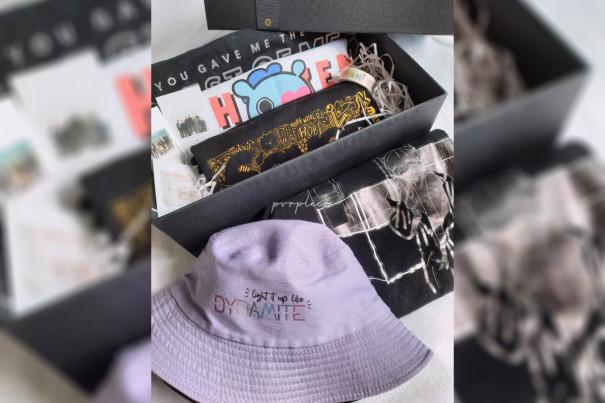
Initially, they planned to focus on merchandise — stationery, T-shirts and bucket hats. They also held fancafes — events hosted at cafes in honour of K-pop idols.
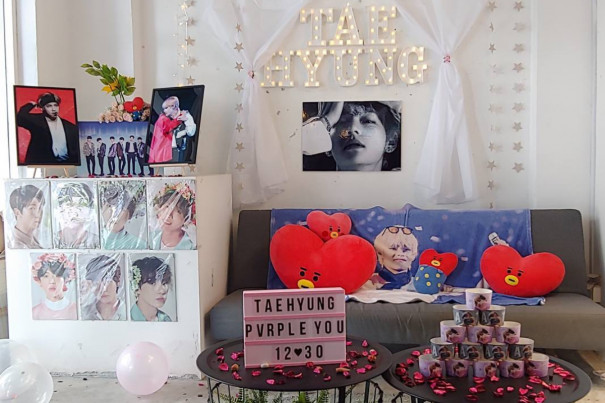
However, it was only after the circuit breaker in April 2020 that they decided to ramp up their fancafe events, such as their Autumn Suns event, in September 2020.
Hosted in a cafe at 313 Somerset, the event was dedicated to two members of Stray Kids, one of the three idol groups that pvrpleco organises fancafes for — the other two being BTS and TXT.
“We realised that cafe events had died down, so we felt it was more meaningful to continue with ours,” says Danial. He sees such events as a way to connect with other fans.
After the success of Autumn Suns, they organised two more events in 2020, and nine in 2021. Like other fancafe organisers, they followed Covid-19 restrictions, and worked with cafe staff to ensure guests kept social-distancing rules.
View this post on Instagram
Running pvrpleco takes a lot of effort — particularly since the duo are still in school. Danial was studying for his O-levels when the business took off, and had to reassure his family and teachers that he could handle the workload. Livia too, had to convince her mother of the viability of a K-pop-focused business.
Nonetheless, their efforts have paid off — in more ways than one.
Last year, the pair collaborated with Suntec City to promote its BTS Experience Zone, after the mall brought them onboard as giveaway partners.
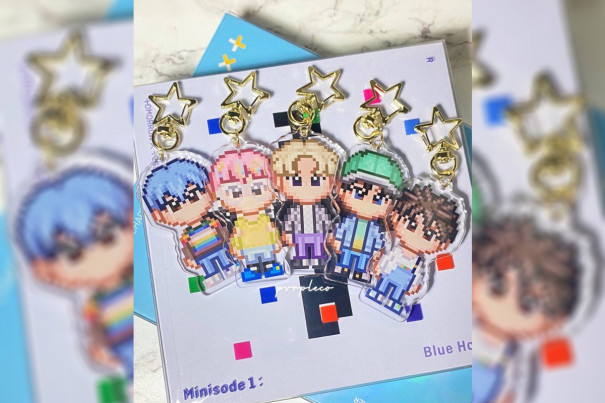
Their merchandise has also proved popular with fellow K-pop fans; they ship internationally, and have sent their products to countries from Malaysia to Brazil. Once, they shipped off two 25kg boxes of merchandise to fans in the US and Germany.
While some might raise eyebrows at fans profiting off the image of their artists, the pair aren’t getting rich off their business.
The merchandise isn’t expensive — a postcard goes for $1.50, a tote bag $10, and they have discounted bundle offers. During cafe events, they give out free fan support items such as cup sleeves, while selling event fanpacks from $4.50 to $7.
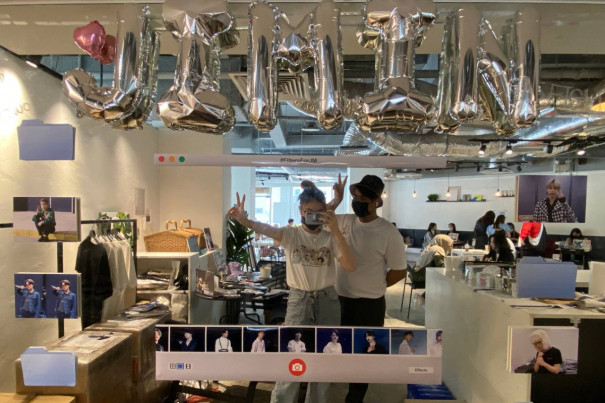
“Most of our profits goes back to the company — each event gets bigger and better,” says Danial. Although their business is sustainable, profit is secondary to them.
Instead, what they value the most is the experience that they bring to fans.
They’ve seen fans from all walks of life at their events, including a nurse who had just ended her work shift, and several young parents who bring their kids, finding a common ground in their love for K-pop.
“It’s about the opportunity to give fans a chance to interact and engage with each other,” says Livia.
Together, we can do so much
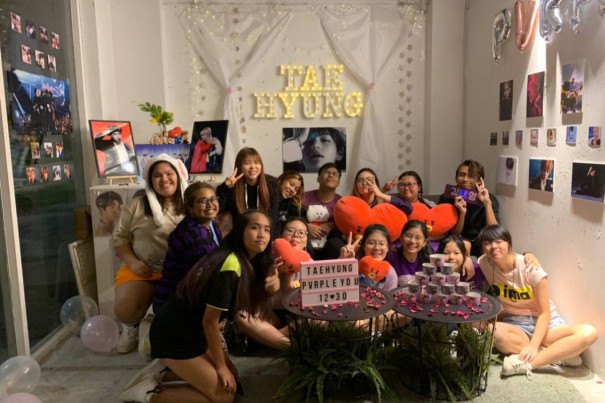
K-pop fans have sometimes been accused of having a herd mentality, with fans typically coming together in defence of their idols against any perceived slights.
And while these actions have been rightfully called out, it is unfair to stereotype and censure K-pop fans as a whole.
It’s natural for people to want to share the things that they like with others — that’s how fandoms are formed.
The sense of community within fandoms helps to uplift people within it, not drag them down into the mud.
As Daphne shares, being a die-hard fan is more about showing her appreciation towards someone that she likes, rather than blind hero-worship. Her support isn’t mindless, just appreciative, she says.
Fans like Clarisse, Livia, and Danial have channelled their passions to create positivity in their lives, and to pursue life paths that they might never have dreamed of.
Other stories you might like
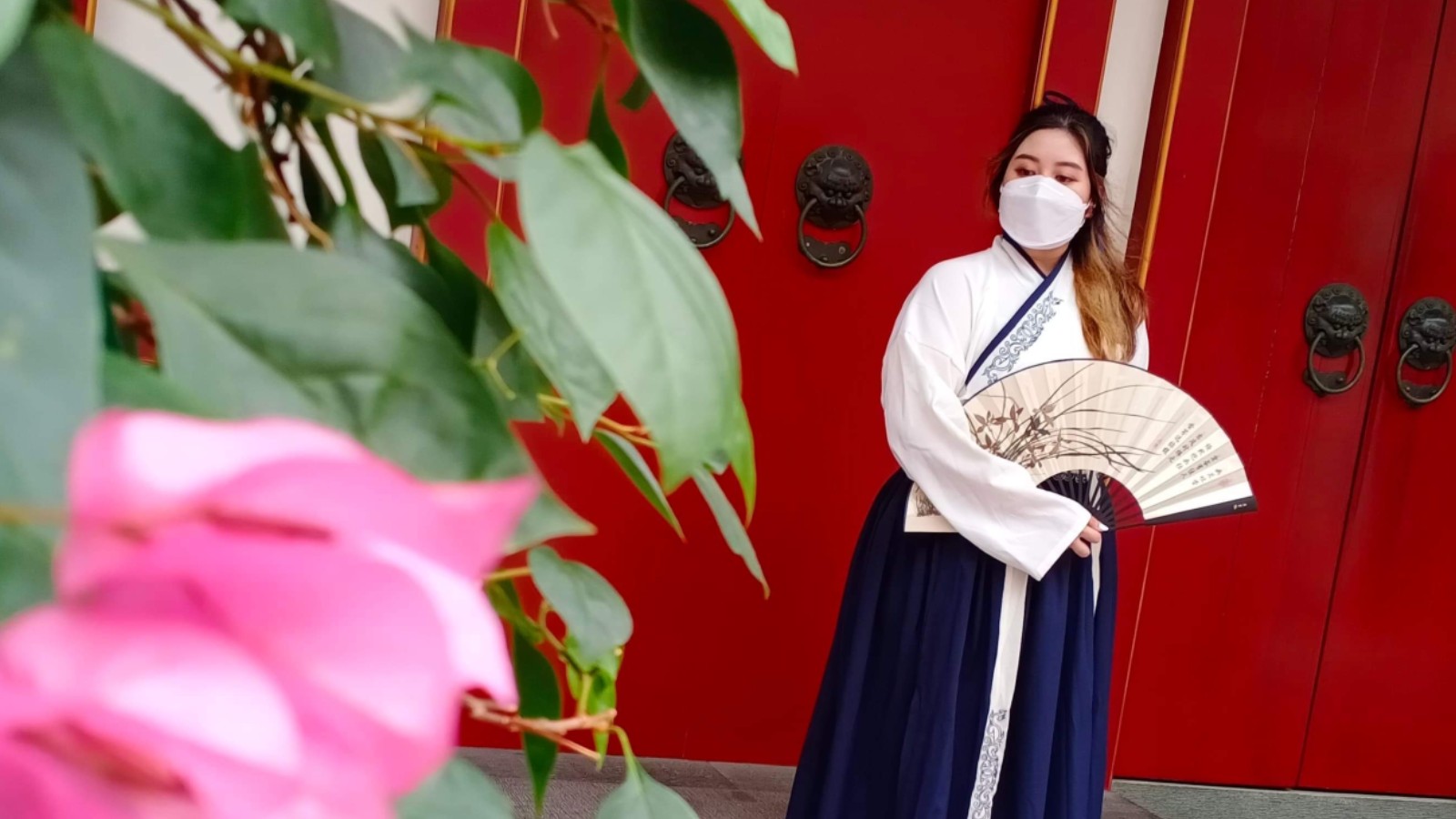

For them, having a shared camaraderie with fans has encouraged them to develop their passions into something more, be it handicraft, dance or running a successful business.
K-pop fans aren’t all the same. They’re individuals with their own likes and dislikes, who come together out of a shared love for something that brings them joy.
Now that’s something worth stanning.
If you like what you read, follow us on Twitter and Google News to get the latest updates.
